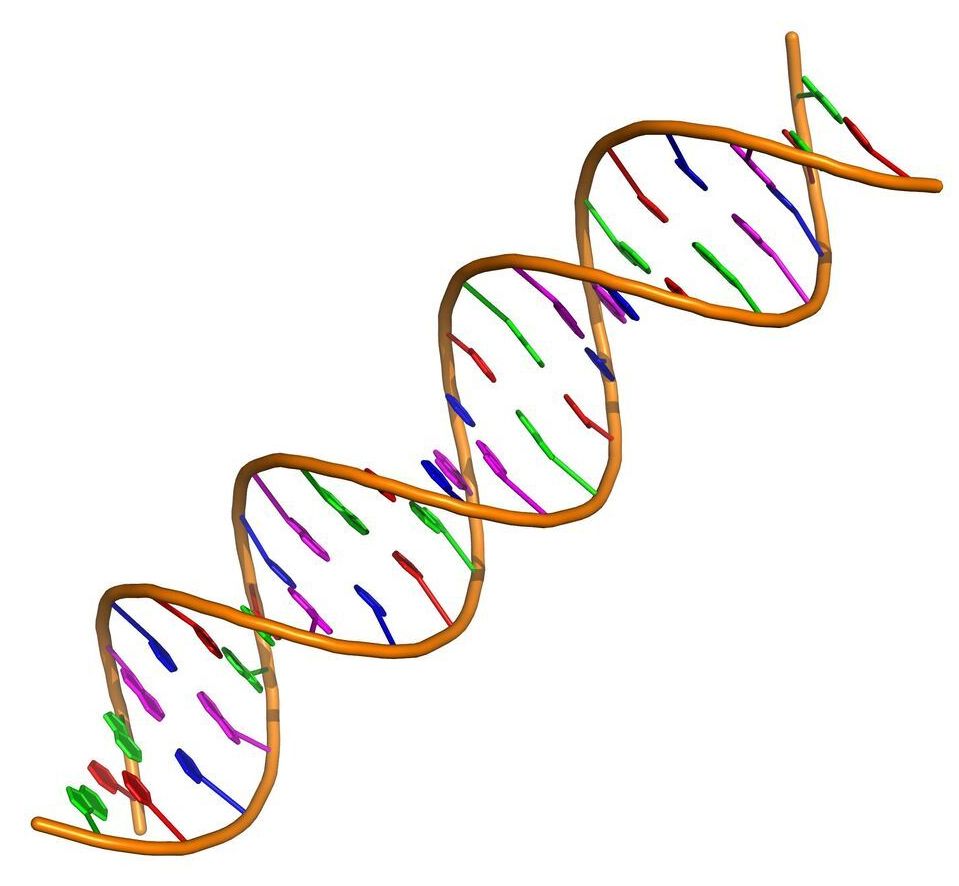Researchers can now control the order in which CAS9 makes edits to cell DNA instead of performing all edits at once.
Researchers from the University of Illinois Chicago have discovered a new gene-editing technique that allows for the programming of sequential cuts—or edits—over time.
CRISPR is a gene-editing tool that allows scientists to change the DNA sequences in cells and sometimes add a desired sequence or genes. CRISPR uses an enzyme called Cas9 that acts like scissors to make a cut precisely at a desired location in the DNA. Once a cut is made, the ways in which cells repair the DNA break can be influenced to result in different changes or edits to the DNA sequence.
The discovery of the gene-editing capabilities of the CRISPR system was described in the early 2010s. In only a few years, scientists became enamored with the ease of guiding CRISPR to target almost any DNA sequence in a cell or to target many different sites in a cell in a single experiment.










Comments are closed.